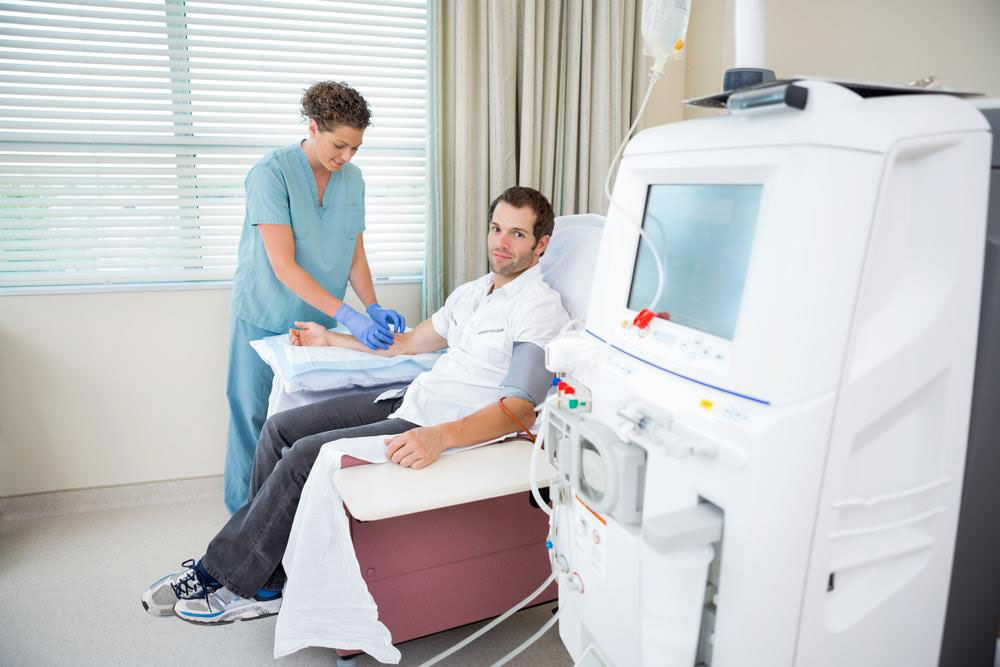Effective Strategies for Managing Peyronie's Disease
Discover effective management options for Peyronie's disease, including medical, therapeutic, and lifestyle strategies. Although no definitive cure exists, various treatments can alleviate symptoms and improve quality of life. Early diagnosis and professional guidance are crucial for optimal outcomes.

Managing Peyronie's Disease: Is There a Solution?
Peyronie's disease is a condition characterized by a curvature or bend in the penis, leading to difficulties in achieving or maintaining an erection. It often results in pain during intimacy and may cause a visible deformity. Men facing this condition may experience anxiety, stress, or depression due to the impact on sexual function. The penile curvature can be upward, downward, or sideways and sometimes causes penile shortening. The condition may worsen initially before stabilizing.
Causes of Peyronie's include sudden or gradual injury, genetic predisposition, repeated trauma, or physical damage from activities like vigorous exercise or accidents. Factors such as increased serotonin levels, connective tissue disorders, vitamin E deficiency, or use of certain medications like beta-blockers can also contribute.
Severe cases may cause persistent penile pain without erection, along with bleeding and scar tissue formation that can be felt with touch. Although Peyronie's disease primarily affects men over 50, it can be treated despite the absence of a definitive cure.
Typically, doctors recommend a cautious approach initially — monitoring the condition while conducting regular assessments. Treatments include intra-penile injections to reduce scar tissue, oral medications, shockwave therapy, or surgery in cases of significant deformity or pain. Alternative options like penile traction therapy, iontophoresis, and exercises are also explored. Lifestyle modifications, such as quitting smoking, avoiding alcohol and drugs, and engaging in regular exercise, can contribute to improvement.
Important Notice:
This article provides general information on symptoms and treatments of Peyronie's disease. It is not a substitute for professional medical advice. Always consult licensed healthcare providers for diagnosis and treatment options tailored to your condition.









